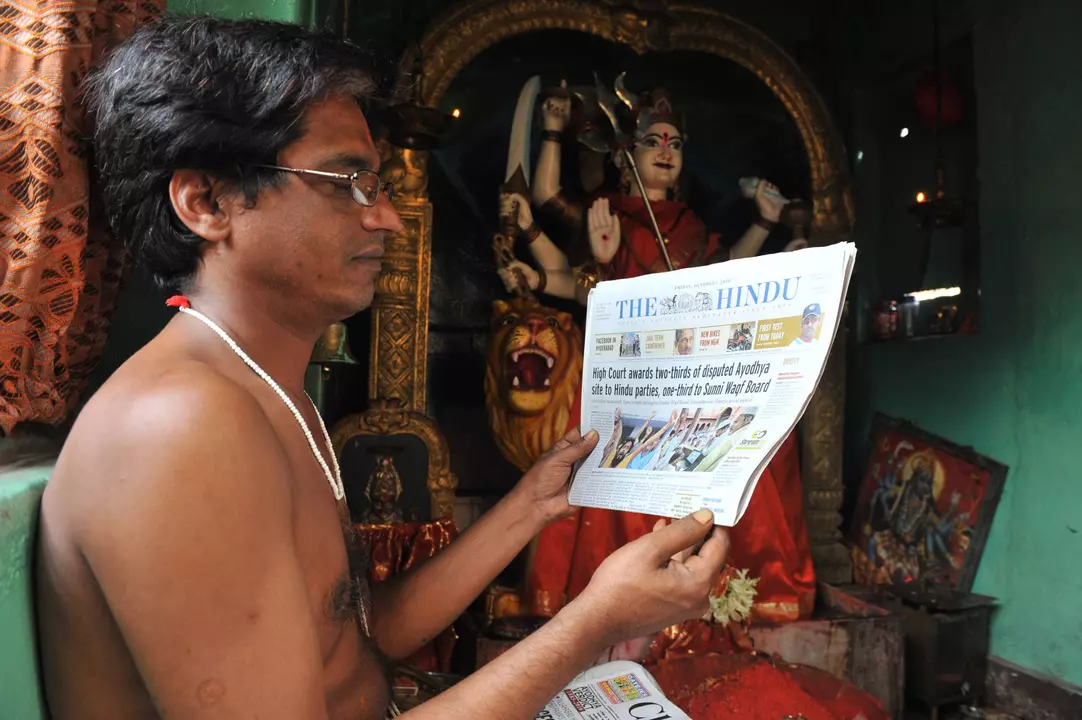History of Indian Newspapers and Media: How It All Began
Ever wonder how today’s news feeds got started in India? It all began with a handful of brave printers, a love for language, and a desire to spread ideas. The story is full of drama, travel, and a lot of ink.
Back in the early 1800s, most Indian readers got news in English or regional scripts like Bengali and Marathi. Hindi, despite being spoken by millions, didn’t have a newspaper of its own. That changed on May 30, 1826, when Pt. Jugal Kishore Shukla launched Udant Martand in Calcutta.
Udant Martand – The First Hindi Newspaper
Udant Martand, which means “The Rising Sun,” was more than a paper; it was a statement. Shukla wanted a platform that could reach Hindi‑speaking folks across the country, and he built it from scratch—no fancy presses, just hand‑set type and a lot of determination.
The first issue announced its mission plainly: to inform, educate, and inspire readers. It covered local events, British policies, poetry, and even weather updates. In a time when literacy rates were low, the paper also included simple lessons on reading and writing Hindi.
Financially, the venture struggled. Advertising was scarce, distribution was a nightmare, and the British authorities kept a close eye on any publication that could stir dissent. Still, Udant Martand managed to publish a handful of issues before shutting down.
Even though it lasted only a short while, the paper set a powerful example. It proved that Hindi could hold its own in print, that a newspaper could serve a language community, and that journalism wasn’t limited to English‑speaking elites.
Why This Milestone Matters Today
Fast forward to the 21st century, and Hindi newspapers dominate the Indian media landscape. From Dainik Jagran to Amar Ujala, the market serves millions daily. That massive reach traces its roots back to the daring launch of Udant Martand.
Understanding this history helps us appreciate why language matters in news. It’s not just about translation; it’s about cultural relevance, trust, and giving people a voice in their own words.
Modern media outlets, especially digital platforms, still face challenges similar to Shukla’s time—funding, censorship, and audience engagement. The lessons from Udant Martand remind us to stay innovative, community‑focused, and resilient.
If you’re a student, journalist, or anyone curious about media, ask yourself: what would the next “Udant Martand” look like? Maybe a hyper‑local app in a tribal language, or a VR newsroom that brings rural stories to city screens.
One thing is clear: the spirit of that 1826 sunrise still fuels today’s newsrooms. The desire to inform, empower, and connect people never goes out of style.
So the next time you scroll through headlines, remember the humble paper that began it all in a cramped Calcutta press. Its legacy lives on in every article you read, every opinion you share, and every conversation sparked by a simple news story.
Want to explore more? Dive into other milestones in Indian media—like the first daily English paper, the rise of regional press, and the digital boom that’s reshaping how we consume news.
History isn’t just dates and names; it’s a toolbox for the future. Keep it handy, and you’ll always have something new to learn from the past.



